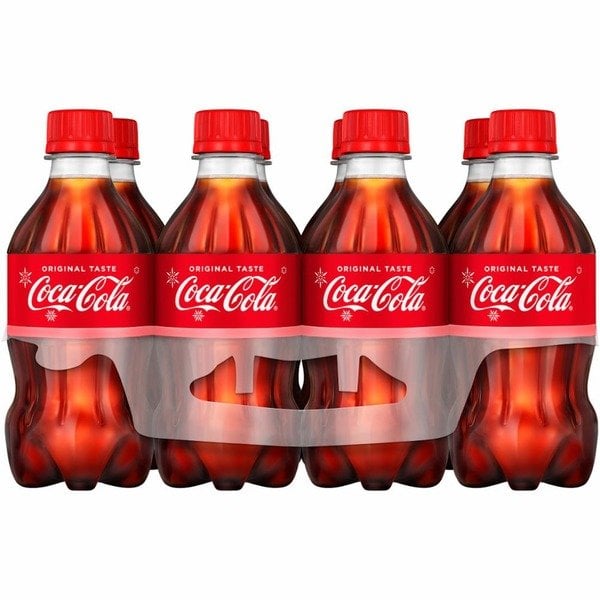
It is perfectly possible to keep the fizz in a bottle of cola much longer than it is at present. Or to extend the life of an OLED television screen for much longer. All you need are a few layers of gas-tight coating one nanometer thick. So far, the only problem has been how to get it right. Scientists at the Ruhr University Bochum (RUB) in Germany have figured out a method for doing just that.
Adding energy to gases or gas mixtures can create plasma. Although all sorts of things go wrong in this process. Atoms change into ions, free electrons whizz through space and collide with everything, some components disintegrate, while other substances reform. So, depending on what you add to the base material, it is possible to use plasmas to make larger compounds.
Prof. Dr. Peter Awakowicz and his team have found a method whereby polymers are formed and deposited on the surfaces surrounding the plasma. Thanks to this so-called Plasma Enhanced Chemical Vapour Deposition method, or PECVD for short, it is possible, for instance, to apply extremely thin, gas-tight coatings to the inside of PET bottles. This ensures that the contents will last longer. Likewise, you can protect organic light-emitting diodes (OLEDs) from moisture so that TV screens will work for a longer time. This and much more is only possible because the plasmas are cold and consequently do not damage the PET bottle or other surfaces that need to be coated with heat. It is only the fast electrons in the plasma that are hot, and they will not harm any surfaces.
Environmentally friendly
The glassy coating, which is only 20 to 30 nanometers thick, reduces the amount of gas that escapes through the bottle by 10 to 100 times. This extends the shelf life of fizzy lemonade from four weeks to about a year. The method is also interesting for the packaging of milk and other foodstuffs. But also for medications and even microelectronic components
“This type of coating is environmentally friendly as well, because the minuscule amount of material is basically negligible in recycling,” explains Dr. Marc Böke of the RUB. Composite materials made of plastic and aluminum, such as Tetrapaks, are much harder to recycle because it is very difficult to separate their compounds.
Another application of the PECVD method could be for coating implants, to name an example. These subsequently grow better into the bone than conventional implants. The challenge lies in controlling the formation of the layers. “The layers not only need to be ultra-thin, but also absolutely dense, without any gaps, and all exactly the same,” Marc Böke explains.
Separating oxygen from CO2
The final application that is currently being worked on is a filter membrane that exhibits previously unknown properties. These ultra-thin membranes can desalinate water or separate gases, such as oxygen from CO2.
“Normally, the more selective a membrane is, the lower the transmission rate is, which means the process tends to be more inefficient,” Marc Böke points out. “With the plasma coating, however, we can control the pore formation in such a way that the selectivity is no longer as much at the expense of transmission or efficiency.” The researchers can simulate and customize the membrane’s properties. This makes it easier for certain molecules to pass through the membrane.
Also interesting: Less plastic waste with bioactive paper coatings for food packaging

